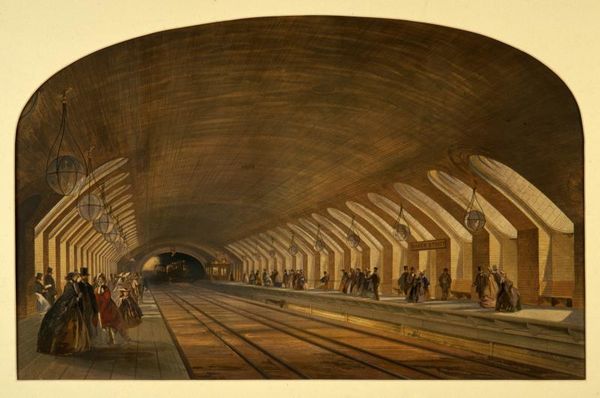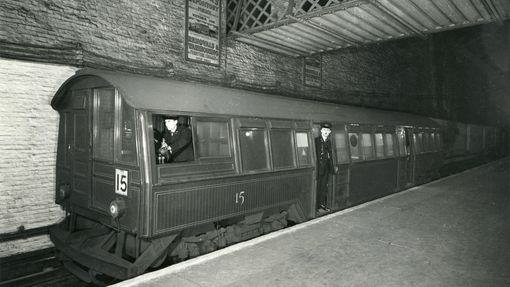
A very short history of the Underground
Introduction
The world’s first underground railway opened in London in 1863, as a way of reducing street congestion. It was soon followed by a related railway company, in 1868, but their owners fell out and the railways became rivals rather than partners, delaying progress. These were what we call sub-surface lines, built by digging a long trench, laying track and covering it over again. Initially, these early underground railways used steam trains.
The technology for the safe tunnelling of tubes deeper below London had been developed by 1870, but the first successful tube railway was not practical until electric power and safe lifts were perfected in the late 1880s. There was interest in this novel mode of transport, but investors were still cautious. The next Tubes did not open for nearly 10 years. Later schemes also struggled to raise money but were helped by the intervention of an American financier. These new linked lines opened in 1906-7, completing the core of the modern Tube system.
In 1908, the separate companies started to work together to promote the system as a coherent network under the UndergrounD brand. Gradually most of the companies merged and the network expanded, as the population of London soared. The station architecture of the 1930s is highly regarded.
In 1933 all London’s public transport – buses, trams and trolleybuses, as well as the Underground railways – came under public ownership, and decisions about services could be fully coordinated for the first time. A massive plan to upgrade and expand services was prepared in 1935, but the work was interrupted by the Second World War. Some of these were revived in the difficult post-war economic climate, but others were not.
A new Tube had been suggested in 1943, but delays meant that the new Victoria line did not serve its first passengers until 1968. Another new line, the Jubilee, was added in 1979. It terminated in central London and later was extended eastwards in 1999. The Tube reached Heathrow Airport in 1977.
The 150th anniversary of the Underground was celebrated in 2013 with a series of events, including a steam locomotive and 19th century carriages making a journey through central London. The Underground now has 11 lines covering 402km and serving 272 stations, handling up to five million passenger journeys a day. All-night weekend services started on some lines in 2016. At peak times, there are more than 543 trains in service, with the fastest line running 40 trains an hour.





























